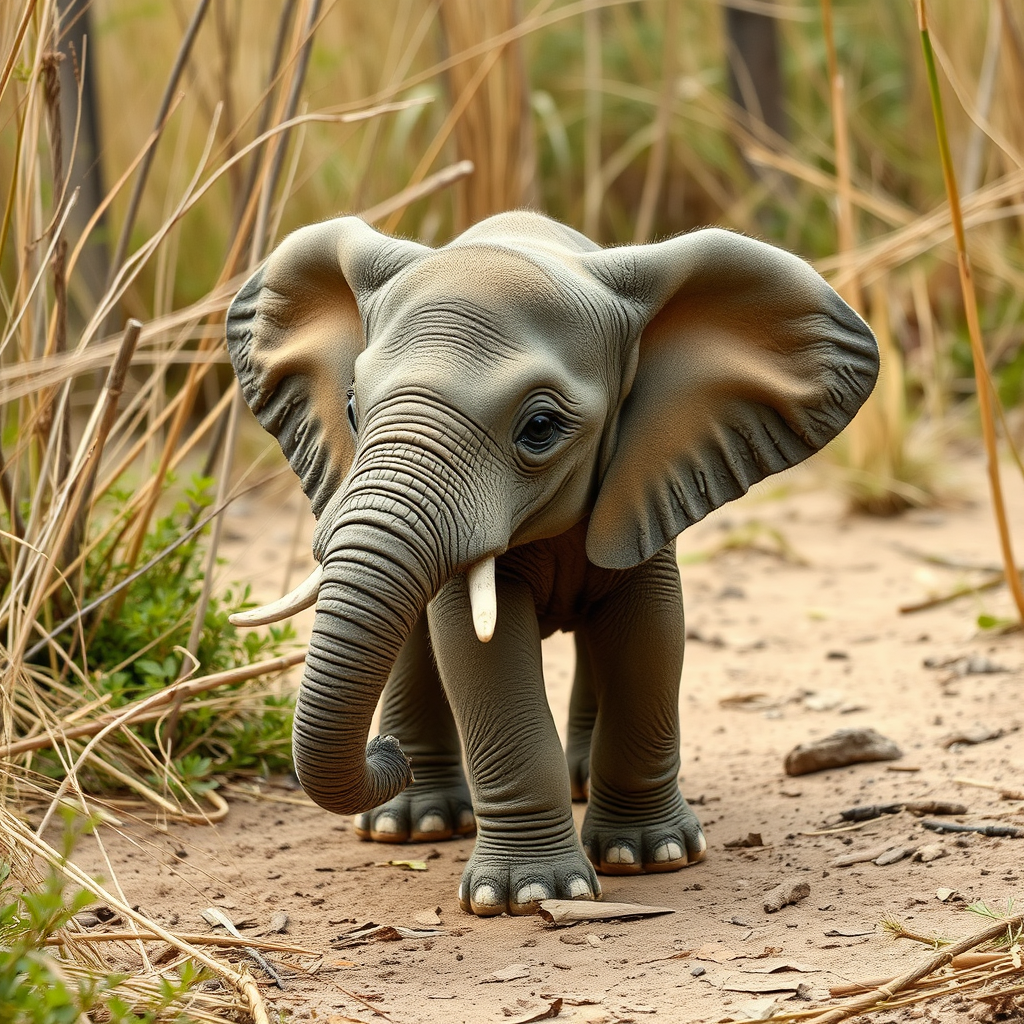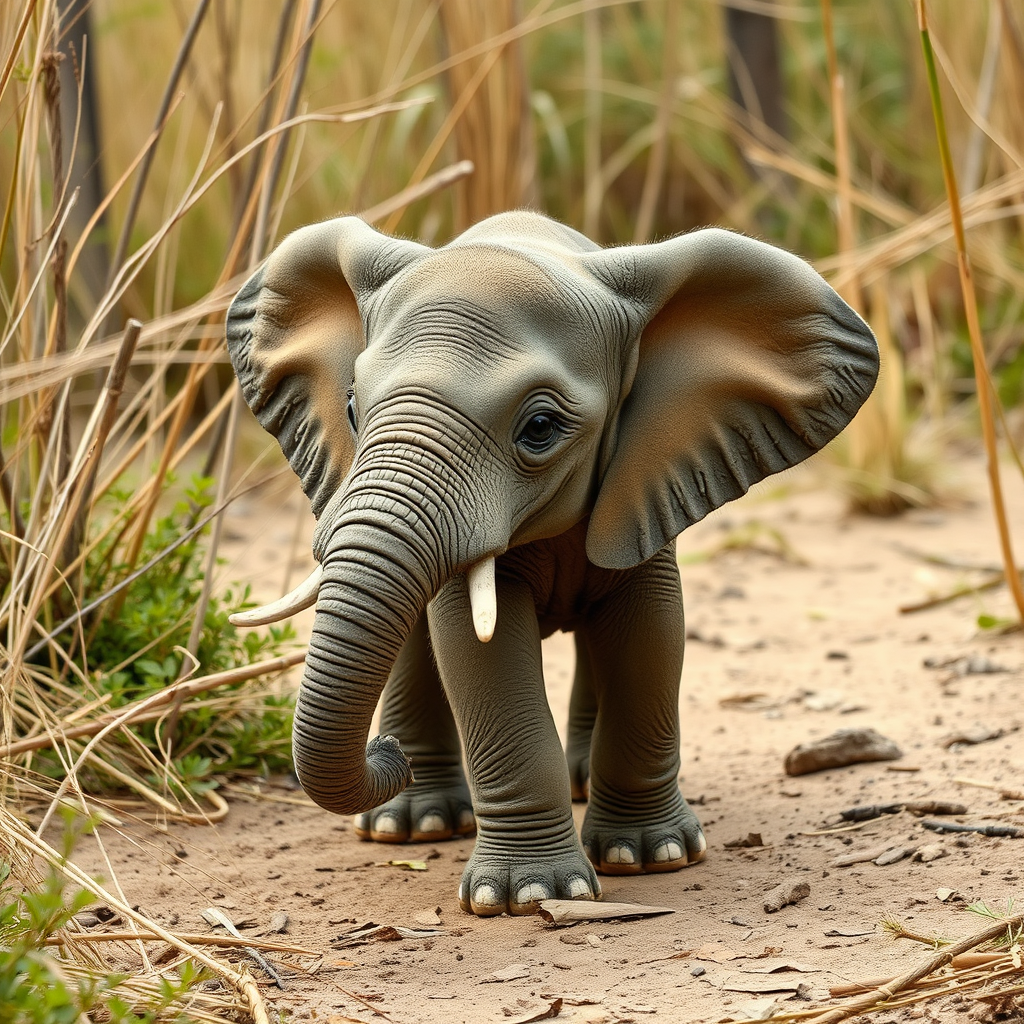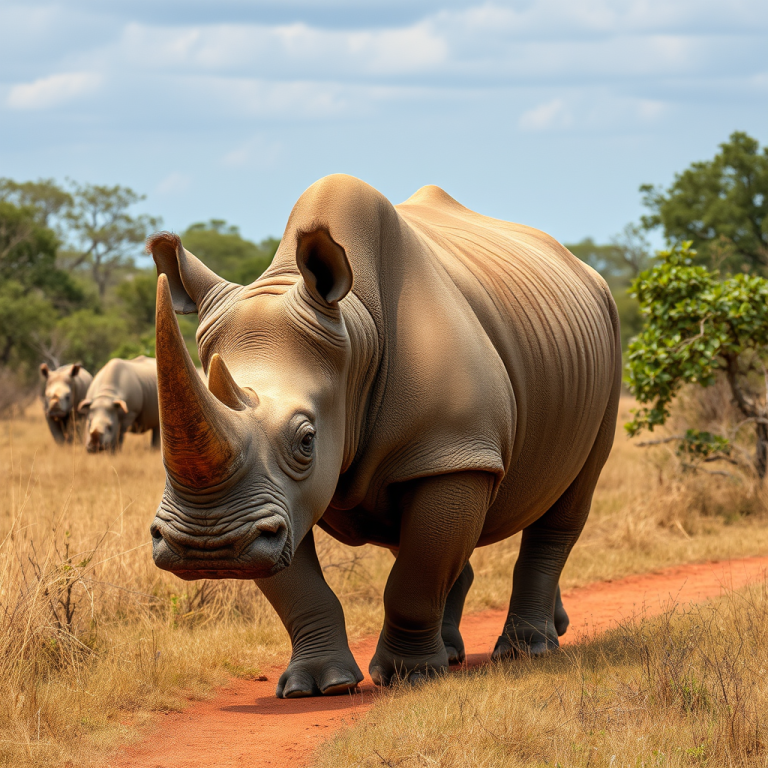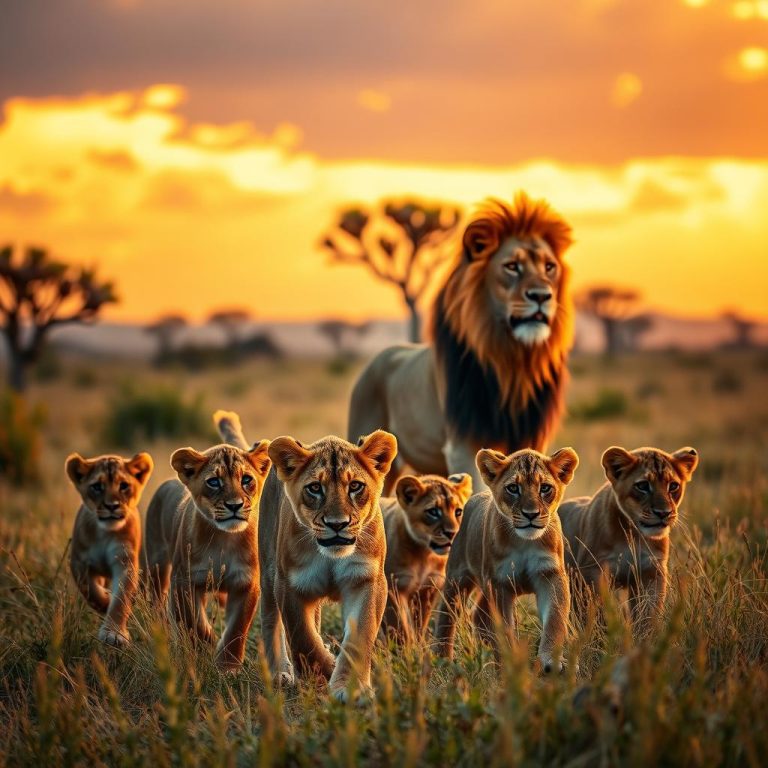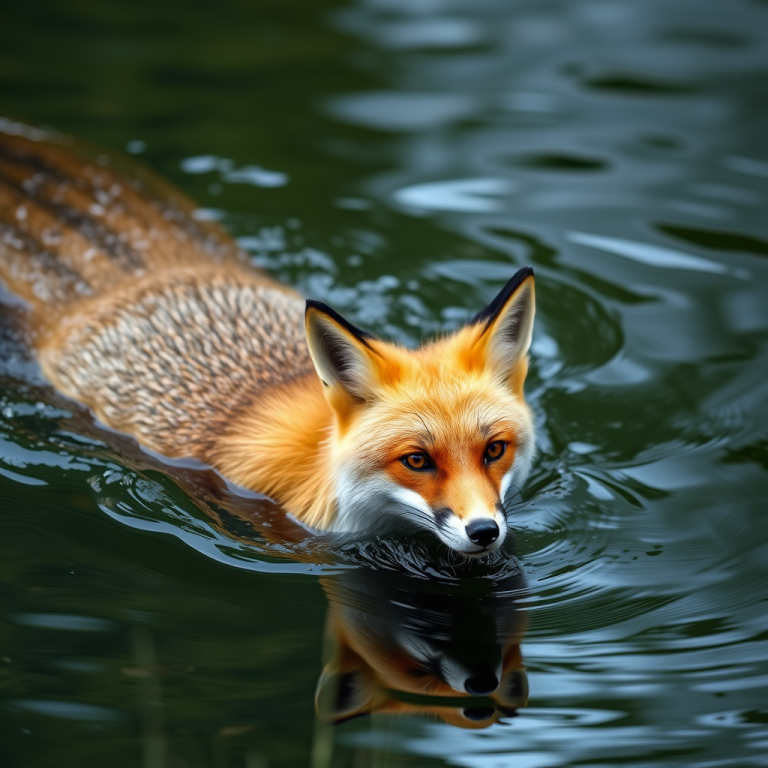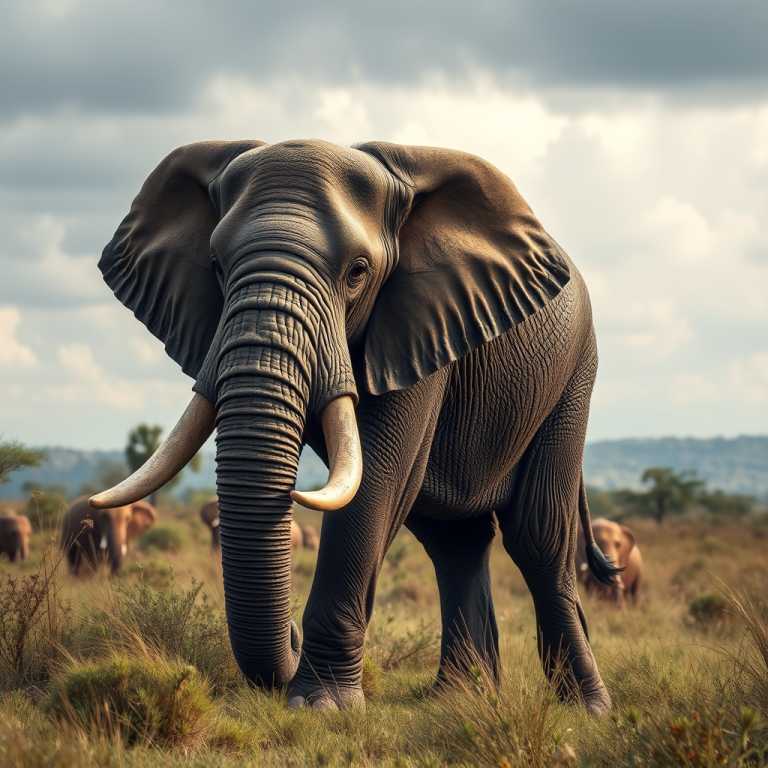Mini Elephants: The Gentle Giants of Borneo’s Forests
When you hear the word elephant, you probably picture towering animals marching across African plains or bathing in muddy rivers. But hidden deep within the rainforests of Borneo lives a smaller, more elusive relative—the Bornean pygmy elephant. Standing shorter and rounder than their larger cousins, these so-called mini elephants are just as intelligent, emotional, and complex. They may be smaller in size, but their presence is anything but small.
Not a Myth: Bornean Pygmy Elephants Exist
The Bornean pygmy elephant is a real subspecies of the Asian elephant, believed to have been isolated on the island of Borneo for thousands of years. Adult males typically stand around 8 to 9 feet tall at the shoulder, which is about a foot shorter than mainland Asian elephants and significantly smaller than African elephants. Their bodies are rounder, their tails are longer, and their faces seem slightly baby-like even in adulthood. They also have gentler temperaments, which sets them apart in behavior as well as size.
Where They Live and What They Need
Mini elephants are found primarily in the northeastern forests of Borneo, mostly in the Malaysian state of Sabah. They thrive in dense lowland rainforests, river valleys, and floodplains where food and water are abundant. As herbivores, they feed on grasses, leaves, bark, fruits, and roots—consuming 200 to 300 pounds of vegetation a day. Their smaller bodies don’t mean smaller appetites. Like all elephants, they shape the landscape by opening paths, clearing brush, and dispersing seeds across the forest.
Family Life and Emotional Bonds
Bornean pygmy elephants live in tight matriarchal groups made up of mothers, daughters, sisters, and calves. Males leave the herd when they reach maturity but may rejoin temporarily during mating season. These elephants are highly social and emotionally intelligent. They communicate through low-frequency rumbles, body movements, trunk gestures, and touch. Mothers are incredibly attentive, and young calves rely on the herd for protection, guidance, and affection during their early years.
Playful, Curious, and Often Overlooked
Mini elephants are known for their gentle nature and surprisingly playful behaviors. Calves wrestle, splash in rivers, chase birds, and explore their world with joyful curiosity. Even adults have been observed playing in water or tossing branches with their trunks. Because they are shy and live in remote forested areas, they are much harder to observe than African elephants, which has led to them being overlooked in global elephant conservation discussions.
Threats to Their Survival
Despite their remote habitat, Bornean pygmy elephants are critically endangered. Fewer than 1,500 remain in the wild. Their biggest threat is habitat loss—especially from palm oil plantations, logging, and agriculture. As forests are cleared, elephants are forced into smaller and more fragmented territories, increasing the chance of conflict with humans. Accidental poisoning, road collisions, and shrinking water access also contribute to their declining numbers.
What Makes Them Different from Other Elephants
Besides their smaller size and more rotund build, mini elephants differ from African and other Asian elephants in a few key ways. Their tails are disproportionately long, often reaching the ground. Their behavior is also gentler—both in social interactions and around humans. While still wild and unpredictable, they’re less aggressive than many mainland counterparts. Genetic testing has shown that they’ve likely been isolated for over 300,000 years, making them not just a regional variation, but a uniquely evolved subspecies.
Conservation and Hope for the Future
Efforts to protect the Bornean pygmy elephant are growing, but challenges remain. Conservation groups are working to create wildlife corridors, educate local communities, and prevent elephant-human conflict. Protected areas like the Kinabatangan Wildlife Sanctuary have helped create safer zones, but more habitat is needed to ensure long-term survival. Sustainable palm oil farming practices and strict enforcement of wildlife protection laws are also crucial to giving these elephants a future.
Final Thoughts
Mini elephants may be small by elephant standards, but their presence is no less powerful. Their calm energy, deep family bonds, and ancient ties to the forest make them living treasures of Southeast Asia. They carry the wisdom and memory of their species in quieter footsteps and smaller shadows—but every bit as full of meaning. To protect the Bornean pygmy elephant is to stand for the beauty of what’s rare, quiet, and still wildly worth saving.
If you’re curious about the wonders of wildlife, stick around—there’s a whole world to explore at Wonder of Wild.
